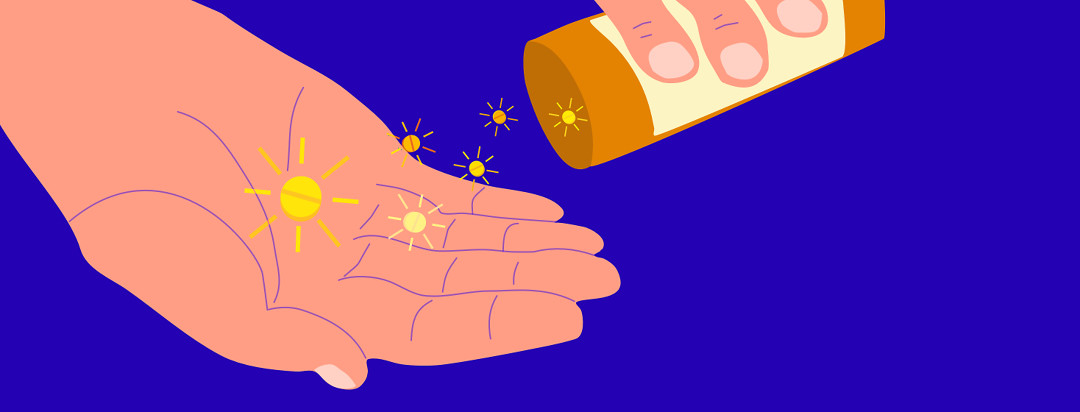The Sunshine Vitamin and Macular Degeneration
Are you getting enough vitamin D? Do you live in an area with lots of sunshine? Closer to the equator is even better. But most importantly, do you get outside? Do you go out and enjoy the beautiful sunny days when we do have them? Does your diet include many of the foods rich in vitamin D?
Vitamin D and macular degeneration
Human skin can synthesize vitamin D when exposed to ultraviolet light. For people living in an area with year-round sunshine, 15 to 30 minutes a day might be sufficient. But remember, the lower angle of the sun in winter may reduce the amount of vitamin D. Another consideration is that older adults are at increased risk of developing vitamin D insufficiency in part because, as they age, skin cannot synthesize vitamin D as efficiently.
Besides helping your body absorb calcium to keep your bones strong and healthy, recent studies have shown that vitamin D may be one of the players in the progression of our macular degeneration.
Lowering the risk of AMD progression
The result of one recent study showed there was a lower risk of progression to advanced AMD in the highest versus lowest quintile of dietary vitamin D intake after adjustment for demographic, behavioral, ocular, and nutritional factors. That study concluded that “a diet rich in vitamin D may prevent or delay progression to advanced AMD especially neovascular disease. A protective effect was observed for advanced AMD among participants with high vitamin D and low calcium compared to the group with low levels for each nutrient.”1
Vitamin D deficiency may increase risk of AMD
If you’re genetically predisposed to macular degeneration, vitamin D could play a significant role.
Another important study found that “blood levels indicating vitamin D deficiency (less than 12 ng/mL of 25 hydroxyvitamin D) were associated with a 1.8-fold increase in the odds of having AMD among women with no risk alleles, but a 6.7-fold increase in the odds of having AMD among women with two risk alleles, compared with women who had no genetic risk alleles and adequate levels of vitamin D.”2
Healthy foods with vitamin D
Few foods contain much vitamin D, but many are fortified with it. Some eye healthy foods with Vitamin D include:
- Fatty fish like salmon, mackerel and tuna
- Sardines
- Egg yolk
- Shrimp
- Milk (fortified)
- Cereal (fortified)
- Yogurt (fortified)
- Orange juice (fortified)
- Organ meats such as beef liver
- Mushrooms
Vitamin D supplements
It can be difficult to get enough vitamin D each day through sun exposure and food alone, so taking vitamin D supplements can help. It is a fat-soluble vitamin, so if you take a supplement, taking it with a meal improves absorption.
The US National Institute of Health lists the following Recommended Dietary Allowances for Vitamin D: Ages 1 to 70: 600 IU (15 mcg). Over 70: 800 IU (20 mcg), and the Upper Tolerable Limit is pegged at 4000 IU (100 mcg). But many experts recommend a minimum of 1000 IU for all adults.
Preserving our vision
When we have macular degeneration, any small thing we can do to help preserve our vision is important. We wear our sunglasses, we don’t smoke, we take the AREDS supplements when indicated, and now we take vitamin D if we don’t already.

Join the conversation